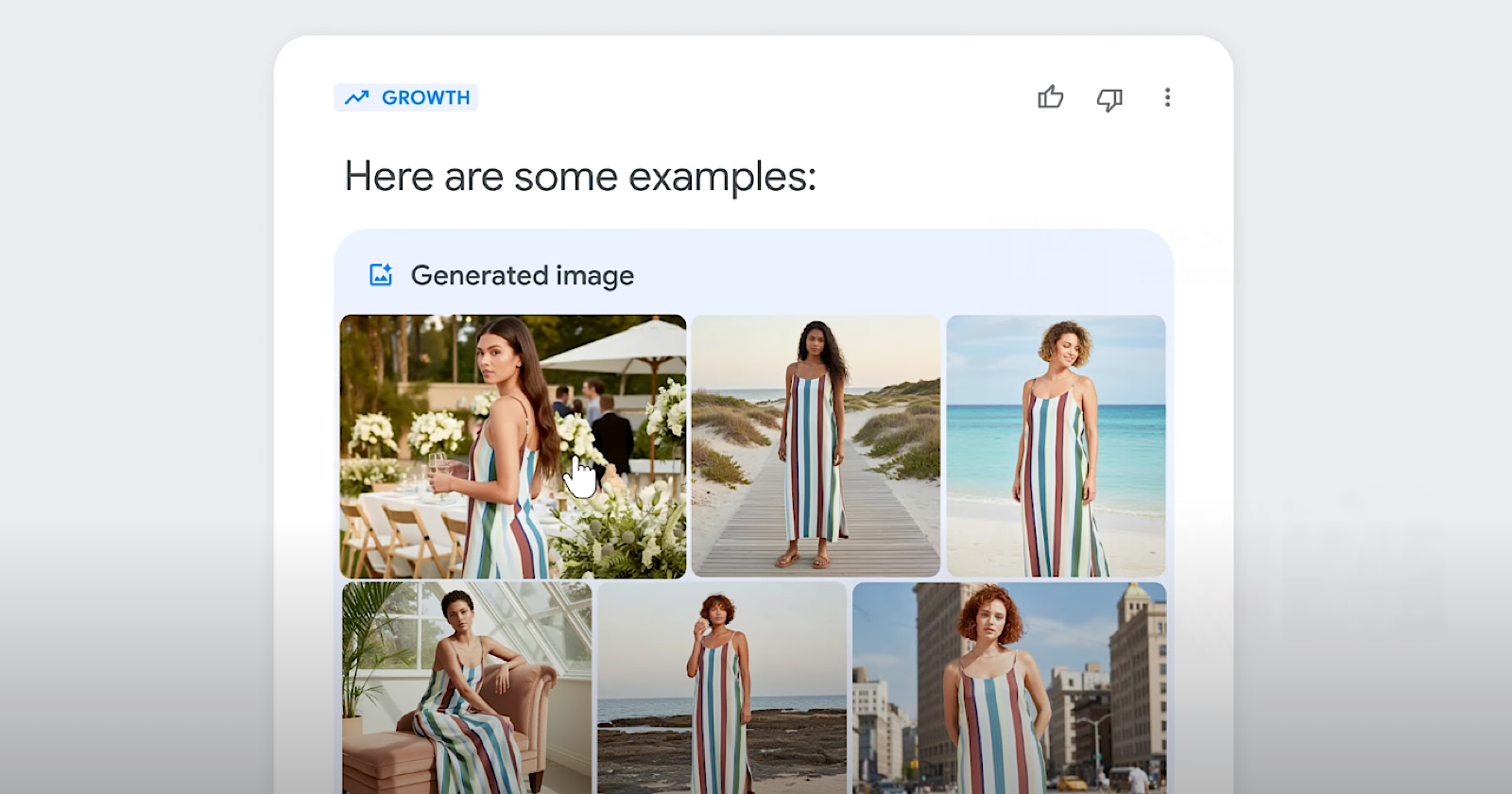Google’s New AI Tools Promise Faster Ads, But Raise Control Concerns
Google’s latest AI tools promise to manage campaigns automatically. But advertisers are asking whether these new features give up too much human control.
At Google Marketing Live, the company showcased three new AI agents. These tools can handle everything from creating campaigns to managing tasks across multiple platforms.
However, the announcement raised questions from attendees about accountability and transparency.
The reaction highlights growing tension in the industry. Platforms want more automation, while marketers worry about losing control of their accounts.
What Google Introduced
1. Google Ads Agentic Expert
This system makes changes to your campaigns without first asking for permission. It can:
- Create multiple ad groups with matching creative assets
- Add keywords and implement creative suggestions
- Fix policy issues and submit appeals
- Generate reports and answer campaign questions
2. Google Analytics Data Expert
This tool finds insights and trends automatically. It also makes data exploration easier through simple visuals.
The goal is to help marketers spot performance patterns without deep Analytics knowledge.
3. Marketing Advisor Chrome Extension
This browser extension launches later this year. It manages tasks across multiple platforms, including:
- Automated tagging and tag installation
- Seasonal trend analysis
- Problem diagnosis across different sites
Marketing Advisor works across Google properties like Google Ads and Analytics. It also works on external websites and content management systems.
Here’s a promotional video demonstrating these tools’ capabilities:
Where Advertisers Push Back
During a press session led by Melissa Hsieh Nikolic, Director of Product Management for YouTube Ads, and Pallavi Naresh, Director of Product Management for Google Ads, executives addressed concerns from industry professionals.
Control and Change Tracking Issues
Advertisers asked how AI-made changes would appear in Google Ads’ change history, but executives couldn’t give clear answers.
Naresh responded:
“That’s a great question. I don’t know if it’ll show up with your username or like you and the agent’s username.”
This uncertainty worries agencies and brands. They need detailed records of campaign changes for client reports and internal approvals.
One attendee directly questioned the automation direction, stating:
“We’ve seen the ‘googlification’ of the Google help desk. Getting to a human is hard. This seems like it’s going down the path of replacing that.”
Google reps promised human support would stay available, responding:
“That’s not the intention. You will still be able to access support in the ways you can today.”
Transparency and Content Labeling Gaps
The new AI creative tools raised questions about content authenticity.
Google introduced image-to-video creation and “outpainting” technology. Outpainting expands video content for different screen sizes. However, Google’s approach to AI content labeling differs from other platforms.
Hsieh Nikolic explained:
“All of our images are watermarked with metadata and SynthID so generated content can be identified. At this time, we’re not labeling ads with any sort of identification.”
This approach is different from other platforms that use visible AI content labels.
Performance Claims & Industry Context
Google shared performance data for its AI-enhanced tools. Products with AI-generated images saw a “remarkable 20% increase on return on ad spend” compared to standard listings.
The company also said “advertiser adoption of Google AI for generating creative increased by 2500%” in the past year. But this growth comes with the control concerns mentioned above.
Google revealed it’s “actively working on a generative creative API.” This could impact third-party tools and agency workflows.
The timing makes sense given industry pressures. Google says marketers spend “10 hours or more every week creating visual content.” These tools directly address that pain point.
What This Means for Digital Marketing
The three-agent system is Google’s biggest push into hands-off advertising management yet. It moves beyond creative help to full campaign control.
Digital marketing has always been about precise budget and targeting control. This shift toward AI decision-making changes how advertisers and platforms work together.
The pushback from advertisers suggests more resistance than Google expected. This is especially true around accountability and transparency, which agencies and brands need for client relationships.
The Marketing Advisor Chrome extension is particularly ambitious. It extends Google’s reach beyond its platforms into general marketing workflow management, which could reshape how digital marketing teams work across the industry.
What Marketers Should Do
Set Up AI Change Protocols
As these features roll out, advertisers should:
- Create clear rules for AI-driven campaign changes
- Make sure approval processes can handle automated changes
- Develop documentation requirements for AI modifications
Demand Clear Tracking
The change history question is still unresolved. It’s critical for agencies and brands that need detailed campaign records. Marketers should:
- Ask for specific details about change tracking before using agentic features
- Create backup documentation processes for AI modifications
- Clarify how automated changes will show in client reports
Prepare for API Changes
Google is developing a generative creative API. Marketing teams should think about how this might impact:
- Existing third-party tool connections
- Agency workflow automation
- Custom reporting systems
Closing Thoughts
Google’s three-agent system shows the company’s confidence in AI-driven advertising management. It builds on the success of over 500,000 advertisers using conversational AI features.
However, industry practitioners’ concerns highlight real challenges around control, transparency, and technical readiness. As these tools become standard practice, these issues need solutions.




